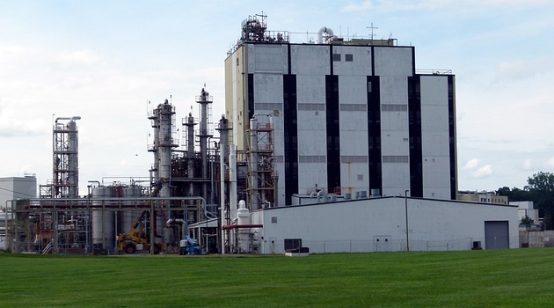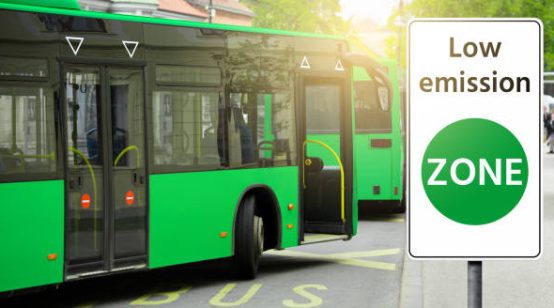Kenyan judges have blocked plans to construct East Africa’s first coal power station with Chinese funding near the coastal town of Lamu (pictured), a Unesco World Heritage Site.
The National Environmental Tribunal ruled that the authorities failed to conduct a rigorous environmental assessment for the 14th-century tourist attraction.
Residents were also not informed about the size of the land acquired for the US$2-billion project to be built by Chinese contractors, the tribunal said.
The Chinese-backed project on the idyllic Indian Ocean coast would have increased Kenyan greenhouse emissions by 700 per cent, activists said.
China is trying to scale back its massive domestic dependence on filthy coal but funding the construction of numerous coal-powered plants overseas.
US ambassador Kyle McCarter came under fire from Kenyans for backing the power station on Twitter, and criticising activists as “highly paid protesters”.
An estimated 36 per cent of the world’s energy is still produced by coal, although it is the largest contributor to climate change, and responsible for around 46 per cent of global carbon-dioxide emissions.
Kenyan activists say clean renewable sources are becoming ever cheaper and note that Kenya already derives much of its energy from hydro and thermal sources.
The 1,050MW plant would put Lamu’s protected status at risk and ruin the livelihoods of residents, including the farming and fishing sectors.
The National Environment Management Authority (Nema) breached the law by approving the construction of the power station without a proper environmental impact assessment, the court ruled.
Campaign group Decoalonize took the legal action against the project.
“We welcome this decision because it shows that communities cannot be taken for granted,” said Omar Elmawi, the group’s campaign coordinator.
The tribunal said effluence from the station could trigger breathing difficulties, premature deaths and acid rain, poisoning soil and killing fish.
Reading the decision, Justice Mohamed Balala said the licence “appears to be generic and not specific to the project”.
“Air pollution from coal-fired power plants includes sulfur dioxide, nitrogen oxides, particulate matter, and heavy metals, leading to smog, acid rain, toxins in the environment, and numerous respiratory, cardiovascular, and cerebrovascular effects,” Balala announced. “For [Nema] to have neglected its role in this way was irresponsible.”
Last week, the government condemned critics of the project as “enemies of progress”.
“The plant will boost industrialisation and improve the lives of Kenyans. Industrialisation requires affordable, stable and reliable sources of energy. In the case of Kenya, that source has been identified as coal. It will be the main source to drive industrial growth,” government spokesman Cyrus Oguna said in Nairobi.
The revoked licence had been issued to Amu Power Company, a consortium of Kenyan firms Centum Investment and Oman’s Gulf Energy as well as international backers.
In February 2015, Amu Power received US$1.2 billion from the Industrial Commercial Bank of China for the power station.
Lamu. Picture credit: Wikimedia






[…] Full Article at http://www.energy-reporters.com […]